10 Best Crypto Trading Strategies for Traders in 2023

Crypto trading has emerged as a popular and lucrative form of investment over the past few years. As the crypto market continues to grow and evolve, more and more traders are turning to various strategies to help them navigate the market and increase their profits.
A successful crypto trading strategy requires a deep understanding of the market, technical analysis, risk management, and a willingness to adapt to changing market conditions.
In this post, we will explore the best crypto trading strategies to use in 2023.
Top 10 Crypto Trading Strategies
Let's explore some of the most popular crypto trading strategies, their advantages and disadvantages, and how to implement them effectively. Whether you're a seasoned trader or a beginner, understanding these strategies can help you make informed decisions and achieve your trading goals.
Here are the 10 crypto trading strategies that traders commonly use:
1. HODLing an asset
HODLing, as it is commonly known in the cryptocurrency world, refers to the practice of holding onto a cryptocurrency for the long term, rather than selling it for a short-term gain. The term originated in 2013 when a user on a Bitcoin forum misspelled the word "hold" as "hodl" in a post encouraging others to resist the temptation to sell during a price drop. HODL also commonly come to stand for "hold on for dear life" among crypto investors.
The basic idea behind HODLing is that cryptocurrencies are still in their early stages of development and have the potential for significant long-term growth. By holding onto a cryptocurrency for the long term, investors hope to benefit from its potential future value, rather than just its current market price.
However, HODLing does involve risks, as the cryptocurrency market is highly volatile and can experience significant price swings in a short amount of time. Therefore, it's important to conduct research and due diligence before deciding to HODL a particular cryptocurrency, and to have a solid understanding of the market trends and the underlying technology and fundamentals of the cryptocurrency in question.
2. Swing Trading Strategy
Swing trading consists of buying and holding a cryptocurrency for a short period of time, usually a few days or weeks, with the aim of profiting from price movements within that time frame. The goal is to capture short-term price swings or "swings" in the market.
Swing traders often use technical analysis to identify potential entry and exit points for their trades. They look for chart patterns, such as trend lines, support and resistance levels, and moving averages, to determine the direction of the market and the optimal time to buy or sell a cryptocurrency.
3. Scalping Trading Strategy
Crypto scalping is a trading strategy that involves making small, quick profits by buying and selling cryptocurrencies within a short time frame, usually a few minutes to an hour. Scalpers aim to profit from small price movements, taking advantage of short-term volatility in the market.
To be successful at crypto scalping, traders need to be able to quickly identify opportunities and act fast. They often use technical analysis to identify short-term trends and support and resistance levels to determine entry and exit points for their trades. Scalpers may also use trading bots or automated algorithms to execute their trades quickly and efficiently.
Furthermore, scalpers need to be disciplined and patient, as it can take time to identify profitable trades and execute them quickly.
4. Technical Analysis
Technical analysis is a trading strategy that involves studying historical market data, such as price charts and volume, to identify patterns and trends that can help predict future price movements of a cryptocurrency. It's based on the idea that past market behavior can help inform future market behavior.
In technical analysis, traders use various tools and indicators to analyze market data and make trading decisions. Some of the most commonly used indicators include moving averages, trend lines, support and resistance levels, and relative strength index (RSI). Traders may also use chart patterns, such as head and shoulders, triangles, and flags, to identify potential price movements.
Technical analysis can be useful in predicting short-term price movements of a cryptocurrency, but it does have limitations. It cannot account for unexpected events, such as regulatory changes, technological advancements, or other external factors that can affect the cryptocurrency market.
5. Fundamental Analysis
Fundamental analysis is a basic yet powerful trading strategy that promotes studying the underlying factors that influence the value of a cryptocurrency. These factors can include the technology and development of the cryptocurrency, the market demand for it, the regulatory environment, and other macroeconomic factors that can affect the cryptocurrency market.
In fundamental analysis, traders look at a cryptocurrency's fundamentals, such as its whitepaper, development team, partnerships, adoption rate, and market share, to determine its long-term value and potential for growth.
One of the key advantages of fundamental analysis is that it can provide insights into the long-term value and potential of a cryptocurrency, beyond just short-term price movements. It can also help traders identify undervalued or overvalued cryptocurrencies and make informed investment decisions based on their analysis.
6. Arbitrage Trading Strategy
Arbitrage is a trading strategy that involves taking advantage of price differences between different cryptocurrency exchanges or markets to make a profit. In the context of cryptocurrency, arbitrage involves buying a cryptocurrency on one exchange where it is priced lower and simultaneously selling it on another exchange where it is priced higher, thereby profiting from the price difference.
To successfully execute an arbitrage trade, traders need to be able to identify price discrepancies quickly and act fast. This often involves using trading bots or automated algorithms to scan multiple exchanges simultaneously and identify potential arbitrage opportunities.
7. News Based Trading Strategy
News-based trading is a trading strategy that involves using news events and announcements to make trading decisions. This strategy involves monitoring news sources, such as financial news outlets, social media, and official announcements, to identify events or news that could potentially impact the cryptocurrency market.
When a news event is announced, traders will analyze the information and try to predict how it will affect the price of a particular cryptocurrency. Based on their analysis, traders may enter or exit positions in anticipation of the market's reaction to the news.
News-based trading can be a profitable strategy if done correctly, as news events can have a significant impact on the cryptocurrency market.
For example, a positive announcement from a major company about adopting a cryptocurrency can lead to an increase in demand and drive up prices. Conversely, negative news such as a security breach or regulatory crackdown can lead to a decrease in demand and drive down prices.
8. Market Making Strategy
Market making is a trading strategy used by professional traders to provide liquidity to the market. In the context of cryptocurrency, market makers buy and sell cryptocurrencies with the goal of making a profit by buying at a lower price and selling at a higher price, while also providing liquidity to the market.
Market makers do this by placing limit orders on both sides of the order book, buying at a lower price and selling at a higher price than the current market price. By doing so, they provide liquidity to the market, ensuring that buyers and sellers can easily execute their trades without significant slippage.
Market making can be yielding profits as market makers earn a profit from the bid-ask spread, which is the difference between the highest price that a buyer is willing to pay for a cryptocurrency (the bid) and the lowest price that a seller is willing to sell for (the ask).
9. Position Trading Strategy
Position trading involves holding a position in a cryptocurrency for an extended period of time, typically weeks, months, or even years. Position traders aim to profit from long-term trends and market movements by taking a position in a cryptocurrency and holding it for an extended period, regardless of short-term fluctuations in price.
Position traders typically use fundamental analysis to identify cryptocurrencies with strong long-term potential and then hold the position for an extended period of time, waiting for the market to move in their favor.
This strategy can be used to capture long-term trends and take advantage of long-term market movements, potentially resulting in significant profits. In addition to this, traders can monetize from reinvesting their profits to increase the size of the position.
10. Algorithmic Trading Strategy
This is one analytical trading strategy that uses computer programs to execute trades based on pre-programmed instructions, also known as algorithms. In the context of cryptocurrency, algorithmic trading can be used to buy and sell cryptocurrencies based on market conditions, technical indicators, or other factors.
Algorithmic trading programs can be customized to suit a trader's specific needs and can be used to automate the trading process, allowing traders to execute trades more quickly and efficiently. These programs can analyze market data in real-time, making trading decisions based on predefined rules and criteria.
When done correctly, it can help traders to react quickly to changing market conditions and take advantage of short-term opportunities. Also, algorithmic trading programs can help to remove emotions from the trading process, allowing traders to stick to their trading plan and avoid making impulsive decisions.
How Token Metrics Can Help Strategize Your Trading?
Strategizing your crypto investments can now get easier with the Token Metrics TradingView Indicator.
Head over here to explore → www.tokenmetrics.com/trading-view-indicator
Start analyzing your assets by getting hold of the right metrics such as:
- Identifying bullish/bearish trends
- Adaptive trend line indicator
- Short term support and resistance range
- Clear long/short signals
- Market movements
And so much more…
The Bottom Line
Remember that trading cryptocurrencies can be risky, and it's important to do your research, understand the risks involved, and develop a sound trading strategy that suits your goals and risk tolerance.
Disclaimer
The information provided on this website does not constitute investment advice, financial advice, trading advice, or any other sort of advice and you should not treat any of the website's content as such.
Token Metrics does not recommend that any cryptocurrency should be bought, sold, or held by you. Do conduct your own due diligence and consult your financial advisor before making any investment decisions.
Create Your Free Token Metrics Account

.png)




%201.svg)
%201.svg)


%201.svg)



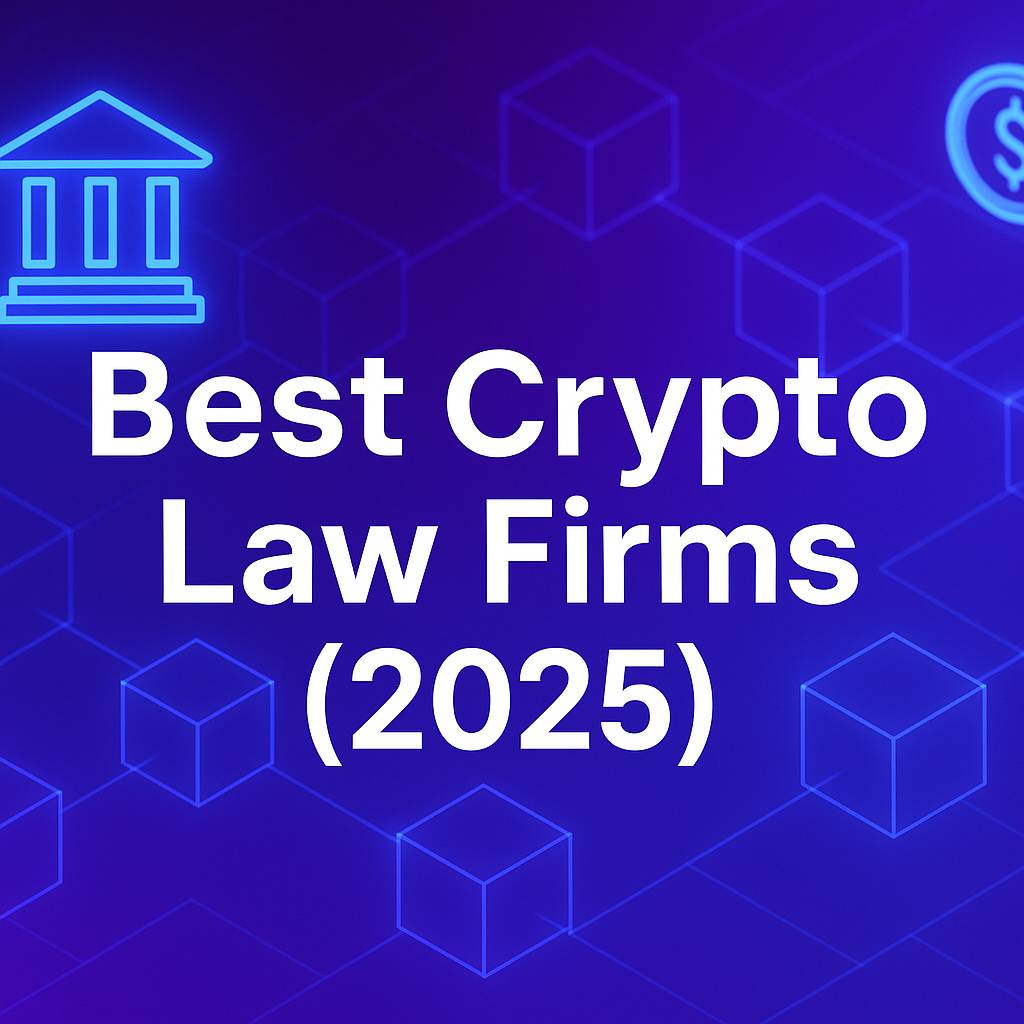

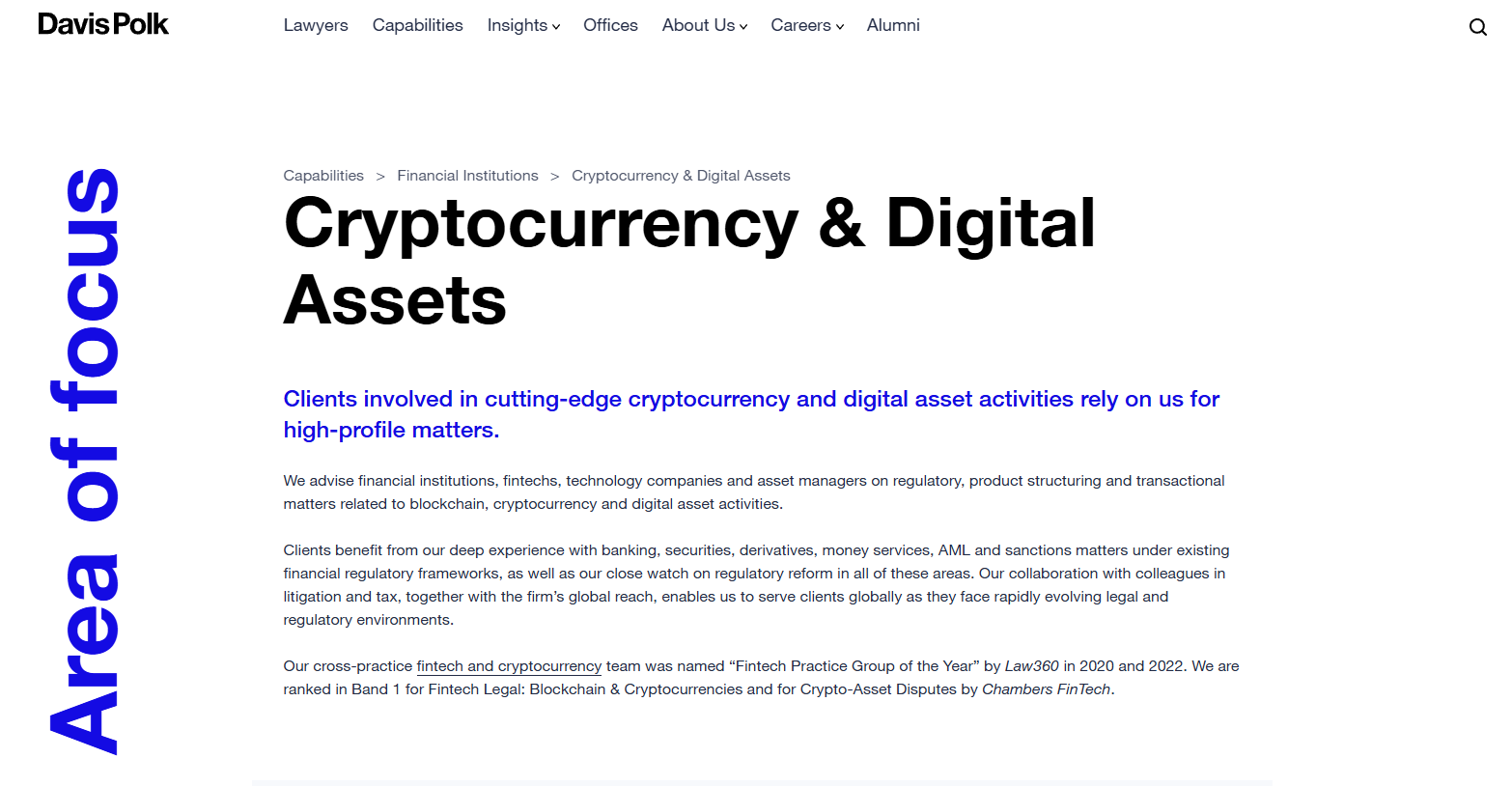


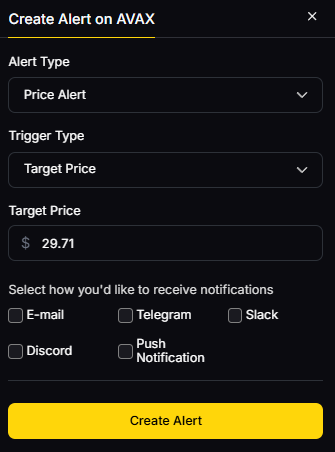






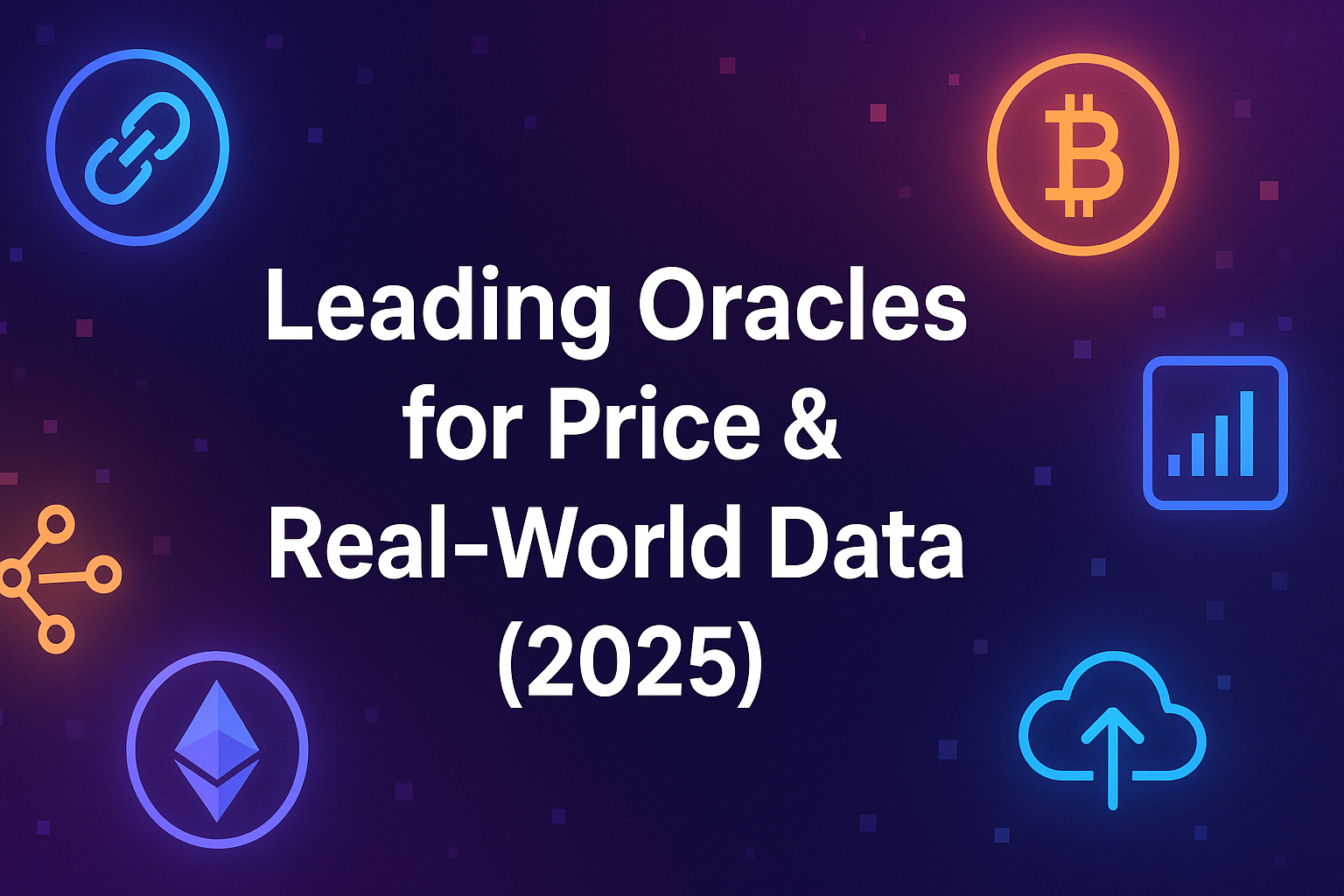
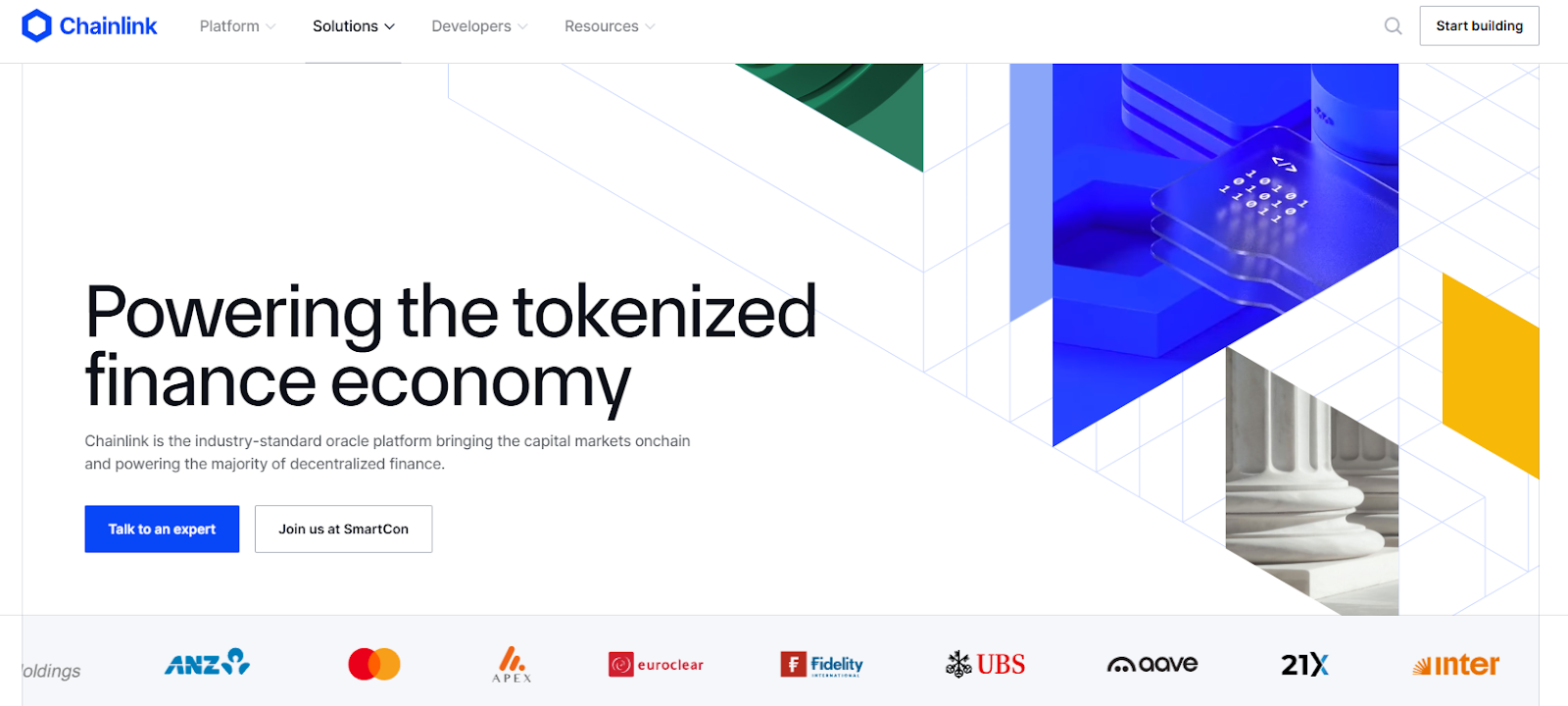

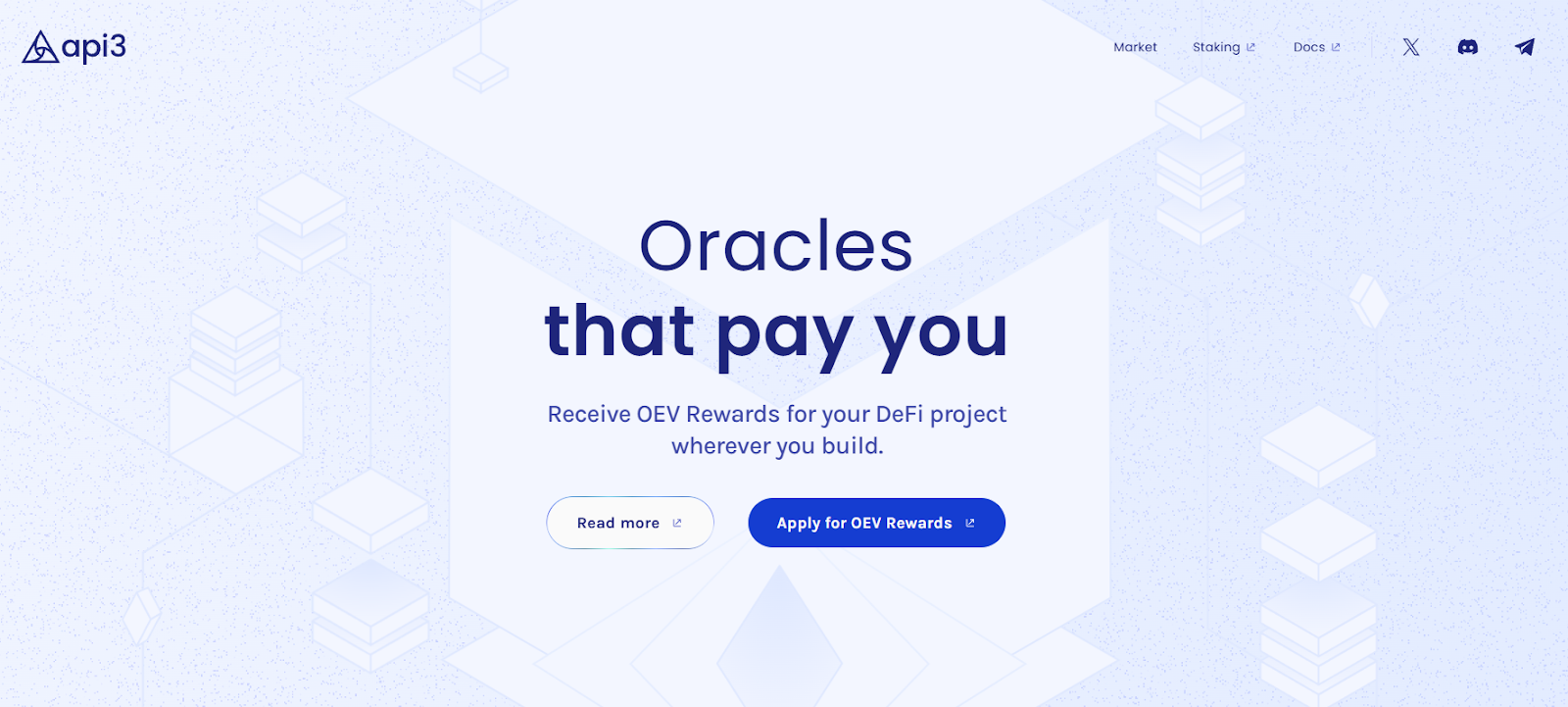





.svg)




.png)